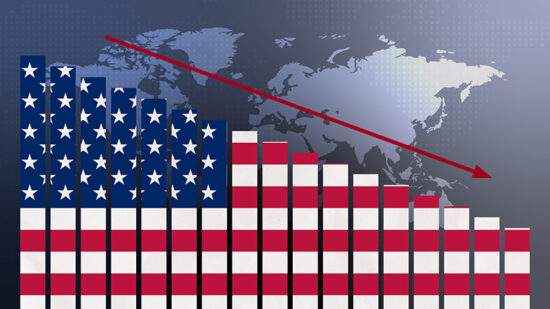When you are talking about investments however, there is an upside to volatility that seems to be all too often overlooked.
Market volatility manifests itself as changes in the prices of assets. For anybody to make any money investing, asset price must change so that cannot be a bad thing taken in isolation.
The problem is never volatility itself, but making the wrong decisions within that context, and losing money as a result.
Risk mitigation
The prevailing narrative around volatility is dominated by what wealth managers can do to mitigate against volatility and reduce risk. This is of course important, particularly for clients with shorter time horizons or high risk aversion for other reasons.
Having said that, and given that there seems to be no sign of an end to the volatility, a bolder approach could yield much better returns that one focused on damage limitation.
For example, moving more assets into long/short funds or even hedge funds is one way that investors can ride volatility to increase returns, provided the right funds are chosen.
Another option worth consideration is more single stock investments when good opportunities present themselves. Of course this brings with it risk and requires a lot of work, but the rewards for the right trades whether long or short, could be significant and quickly realised.
Challenging times
In the early weeks of 2016 we have had not only the FTSE seeing big rises and falls in one session but many of the stocks that comprise it, with swings of 5% or more not uncommon.
At the very least, it can be argued that some of these big sentiment driven falls are buying opportunities even if you are not adventurous enough to short expected fallers beforehand.
The start of 2016 has laid down this challenge to wealth managers and other investors like seldom seen before.
According to AJ Bell, the FTSE 100 has had its most volatile start to a year in over two decades.
In the 36 trading days this year, the index has risen or fallen by more than 1% from open to close on 24 of them, as the chart here shows.

Only the year 2000 and 2003 even come close.
“This year has already seen 12 open-to-close movements of 2% or more and seven of those have been declines against five increases, so those investors tempted to buy on the dips will be hoping this year’s action is similar to the final capitulation selling witnessed in 2003 and 2009 before markets started to head north again,” AJ Bell’s Russ Mould said.








